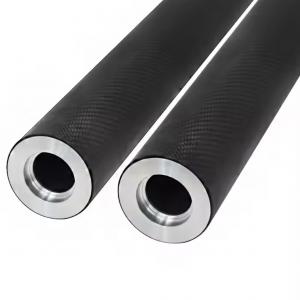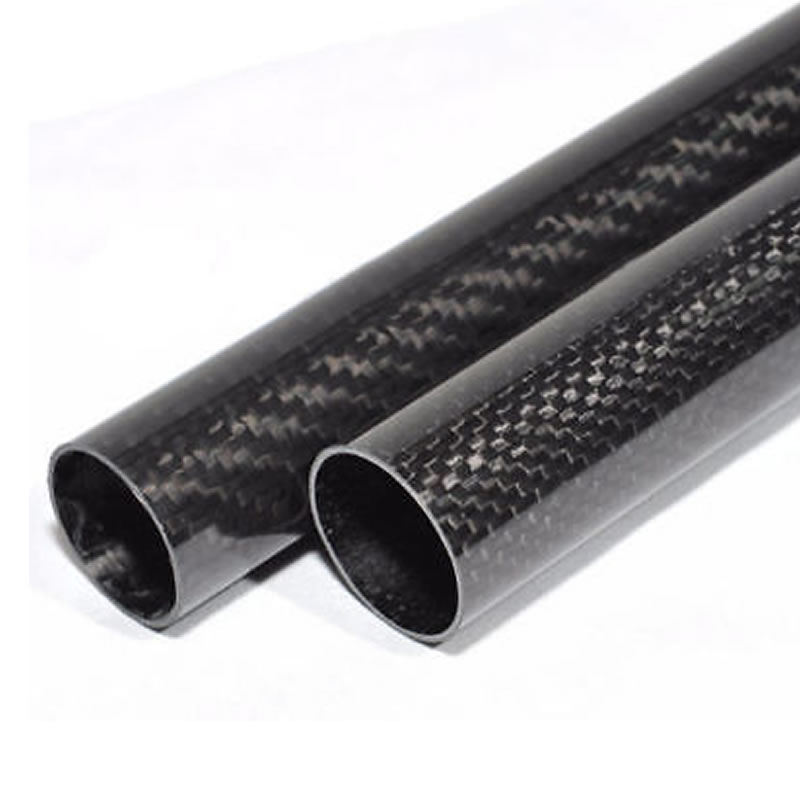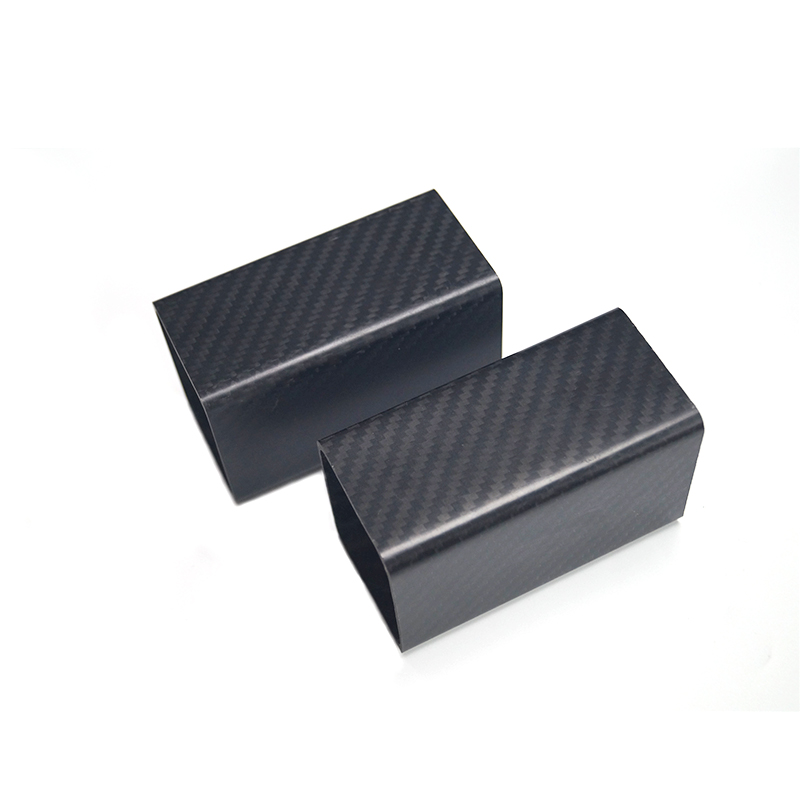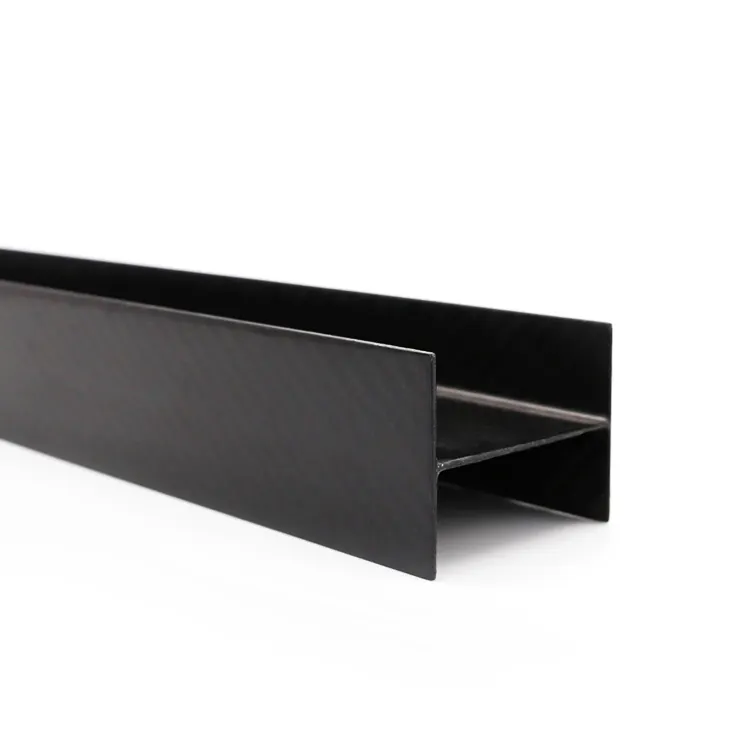What's the difference between carbon fiber T300 and T700?
carbon fiber (CF) is a new type of fiber material with high strength and high modulus of carbon content over 95%.
The T number of carbon fiber refers to the level of carbon materials, industrial nate refers to a type of carbon materials produced by Toray Company in Japan, and outside the industry generally refers to ultra-high precision carbon materials. T refers to the number of tons of tensile force that a unit of carbon fiber with a cross-section area of 1 square centimeter can withstand. Therefore, in general, the higher the T number, the higher the grade of carbon fiber, the better the quality.
In terms of element composition, it has been confirmed by scientific tests that the chemical composition of T300 and T700 is mainly carbon, with the mass fraction of the former being 92.5% and the latter 95.58%. The second is nitrogen, the former is 6.96%, the latter is 4.24%. In contrast, the carbon content of T700 is significantly higher than that of T300, and the carbonization temperature is higher than that of T300, resulting in higher carbon content and lower nitrogen content.
T300 and T700 refer to grades of carbon fiber, usually measured by tensile strength. The tensile strength of T300 should reach 3.5Gpa; T700 tensile should achieve 4.9Gpa. Currently, only 12k carbon fiber can reach the T700 level.




















